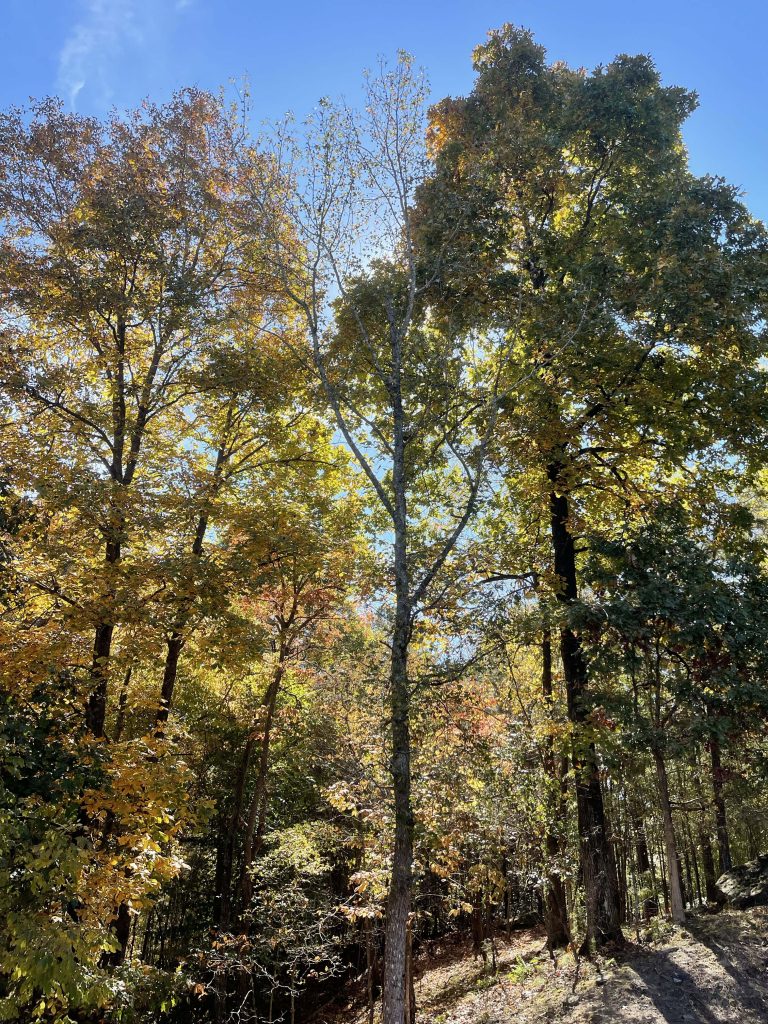A new meta-analysis by Australian researchers supports the idea that prescribing nature baths can be beneficial to the mental health of patients, as well as in fighting sedentary lifestyles and reducing high blood pressure.
More and more doctors are recommending their patients spend time in contact with nature. In fact, in some countries, nature baths are even being prescribed with – as for any medicine – a precise dosage: for example, 20 or 30 minutes per week.
This is notably the case in Japan, Scotland and the United States, as well as in Canada, which launched the PaRx programme in 2020.
Initiated by the British Columbia Parks Foundation and then rapidly deployed in other Canadian provinces, the idea is to provide patients with free-admission tickets to visit the national parks of their region. This is an effective way of taking concrete action to get people out enjoying time in nature.
Inspired by the famed forest baths that originated in Japan in the 1980s, these nature prescriptions draw on the many proven benefits of regular contact with nature, whether on physical, mental, cardiovascular or respiratory health.
And now, a study conducted by researchers from the Universities of New South Wales and Wollongong looks at this global trend that is becoming increasingly popular.
The authors reviewed nearly 100 studies on the subject, with the goal of gathering evidence of the effectiveness of nature prescriptions, as well as to determine the important factors behind their success.
The study found that, in addition to improving anxiety disorders and depressive states, this type of prescription reduced systolic blood pressure and increased the number of daily steps (900 more steps on average per day) in patients.
The places in which nature baths are most often prescribed are forests and nature reserves (35%), parks (28%), small community or family gardens (16%) and botanical gardens (11%).
“Effective nature-prescription programmes can involve a range of natural settings, and activities and can be implemented via social and community channels, in addition to health professionals,” the researchers wrote.
However, the study has several limitations. For example, more than half of the research reviewed was conducted in South Korea (20%), Japan (20%) or the US (11%).
“There was insufficient data to determine the influence of sex or gender on the health effects of nature prescriptions,” the researchers added.
Further research with larger samples of participants and extended to other geographical regions may, therefore, be necessary to obtain more detailed information on the benefits of nature prescriptions and to encourage other countries to adopt them. – AP









